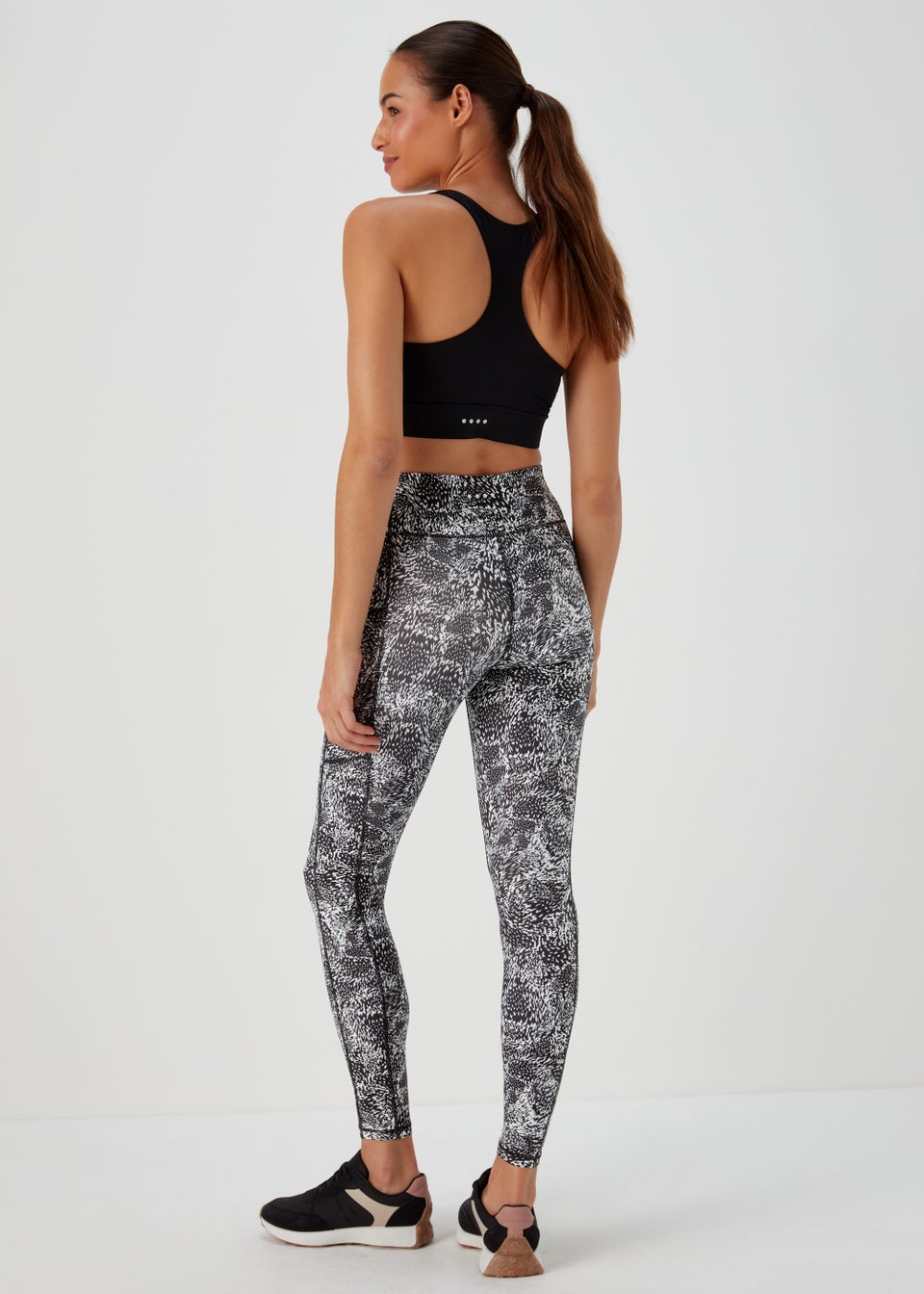The Inside Scoop: How Sports Clothes Are Crafted for Performance

In the dynamic world of fashion, sports clothes have emerged as a force to be reckoned with. They are not just about style; they are about performance, comfort, and durability. But how are these magic pieces of clothing made? Let's delve into the fascinating process of sportswear manufacturing.
- Material Selection
The first and foremost step in making sports clothes is the careful selection of materials. Manufacturers look for fabrics that are lightweight, breathable, and moisture-wicking. Polyester, nylon, spandex, and cotton blends are popular choices as they offer excellent performance and comfort.
- Design and Pattern Making
Once the materials are chosen, the design process begins. Designers create patterns based on the intended use of the clothing, taking into account factors like flexibility, range of motion, and airflow. These patterns are then translated into technical drawings, which guide the production process.
- Fabric Cutting and Sewing
The selected fabric is then cut according to the patterns created. High-precision cutting machines ensure accurate and efficient cutting. The cut pieces are then sewn together using specialized threads and stitches that are designed to withstand the rigors of sports activities.
- Finishing and Quality Control
After the sewing is complete, the clothes go through a finishing process, which may include hemming, ironing, and adding any embellishments or logos. Strict quality control measures are also taken to ensure that each piece meets the desired standards of durability, fit, and comfort.
- Advanced Technologies
In recent years, the sports clothing industry has embraced advanced technologies to enhance performance. This includes the use of innovative fabrics like moisture-managing textiles and stretchable materials. Some clothes even come with features like ventilation zones and built-in sun protection.
- Environmental Considerations
Increasingly, manufacturers are also focusing on sustainability and environmental friendliness. This means using recycled materials, implementing energy-efficient production processes, and ensuring that the finished products are easy to recycle or compost.
- The Role of Feedback
Athletes and consumers play a crucial role in the making of sports clothes. Their feedback on fit, comfort, and performance is invaluable in guiding designers and manufacturers to make improvements and innovations.
In conclusion, the making of sports clothes is a complex and intricate process that involves a combination of art, science, and technology. It requires a deep understanding of materials, design, and the needs of the athlete to create clothing that not only looks great but also performs at its best. As the industry continues to evolve, we can expect even more innovative and performance-enhancing sportswear to hit the market.



